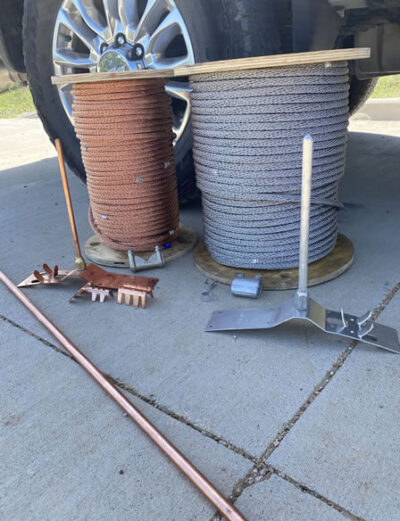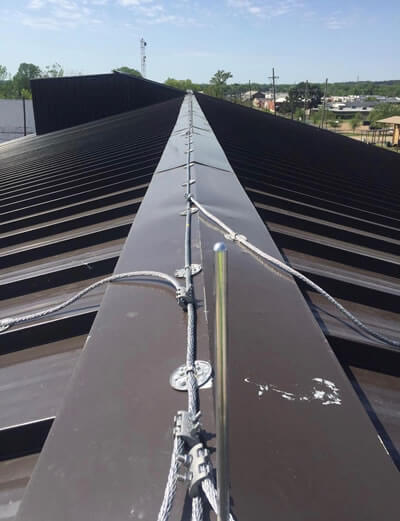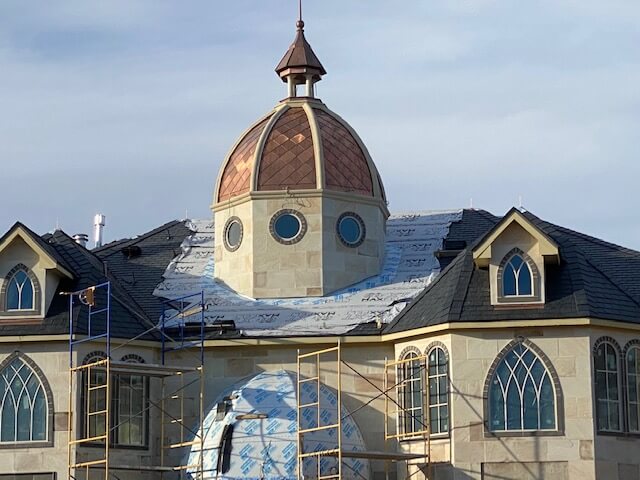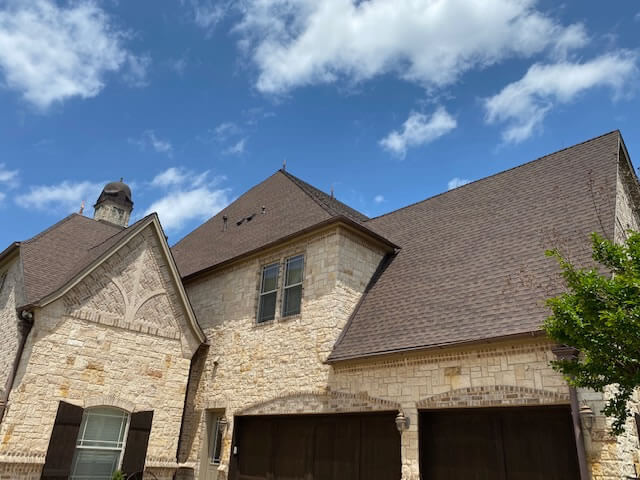What is a Lightning Rod?
How can a lightning rod protect your property? A lightning rod also known as lightning conductor is a metal rod that is mounted on a structure, usually on a roof or elevated areas. The purpose for the lightning rod is the intent to protect the structure from a lightning strike. If lightning hits the structure, it will preferentially strike the rod and be conducted to ground through a wire, instead of passing through the structure, where it could start a fire or cause electrocution. Lightning rods are also called finials, air terminals, or strike termination devices.
According to Lightning Protection Institute “The highly conductive copper and aluminum materials used in a lightning protection system provide a low resistance path to safely ground lightning’s dangerous electricity. These materials and components are UL-listed and specially manufactured for lightning protection. When a lightning protection grounding network is in place, the strike is intercepted and directed to ground without impact to the structure, occupants or contents. A lightning protection system that meets national safety Standards of NFPA 780 and UL 96, UL96A includes strike termination devices, down conductors, bonding, and surge protection. Failure to follow the Standards or use of non-listed materials or methods can result in inadequate protection.”
How does a Lightning Rod give Protection from Lightning?
Lightning protection system consists of several components. A lightning rod is just one of the component of the system. The lightning rod requires a connection to earth to perform its protective function. Lightning rods come in many different forms, including hollow, solid, pointed, rounded, flat strips, or even bristle brush-like. The main attribute common to all lightning rods is that they are all made of conductive materials, such as copper and aluminum. Copper and its alloys are the most common materials used in lightning protection.
What Material are Lightning Rods made of?
The air terminals and cable are typically copper, but sometimes they can be aluminum. All of the air terminals are connected via the cable which has a minimum of two ground rods buried 10 feet below grade. This system is then grounded to both the water pipes and existing ground of the circuit box. The surge suppressor can be connected to the breaker box to cover the entire electric system or they can be placed at individual appliances or electronics.
Lightning Protection Rods
Typically, the only things visible on a lightning protection system are the air terminals, 10″-12″ copper rods, on the chimney and roof ridges. If the system is to be installed on an existing building, every effort is made to conceal the copper cable.
Lightning Protection Texas
General Lightning Protection is experienced in providing lightning protection services to all commercial and residential properties.
General Lightning Protection proudly serves all of Texas with the best lightning and surge protection services, including, San Antonio, Houston, Galveston, Dallas Fort Worth, South Texas, West Texas and surrounding areas.






